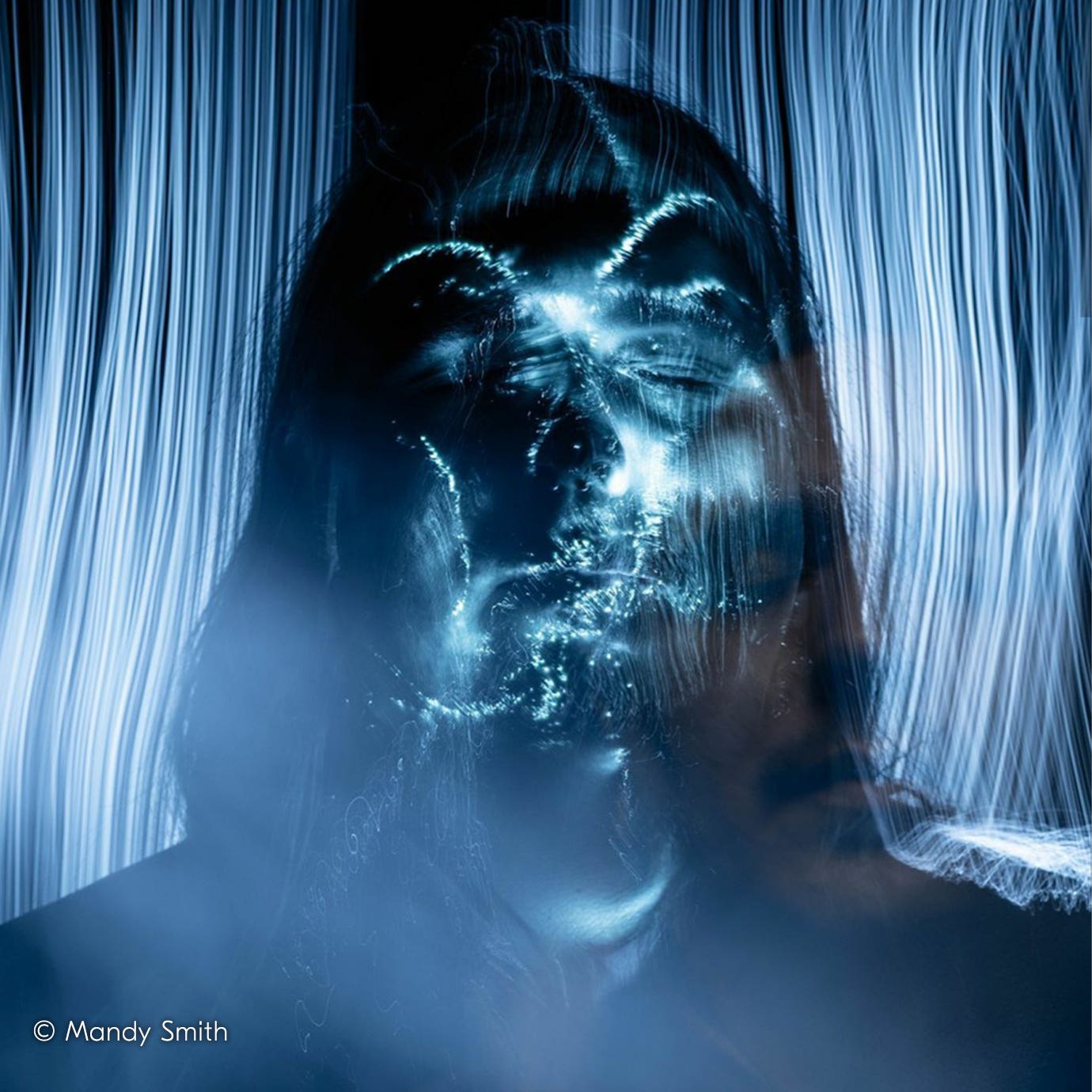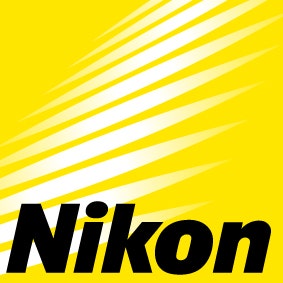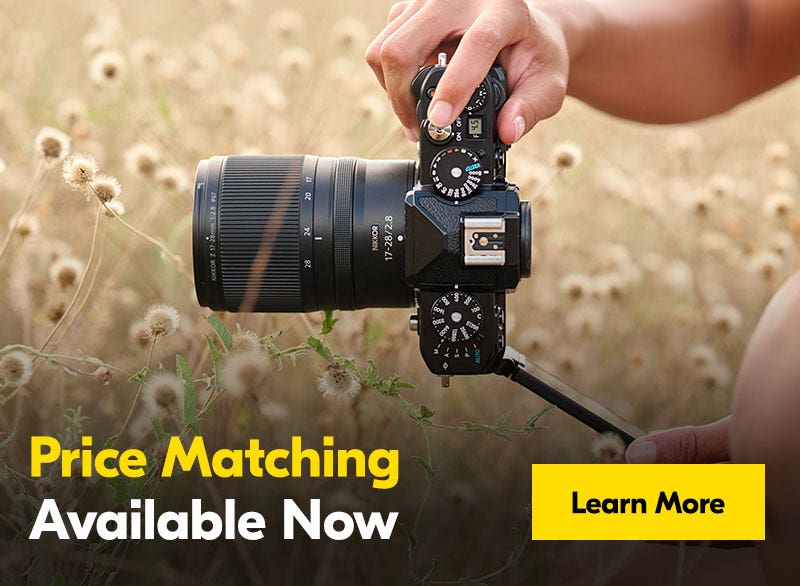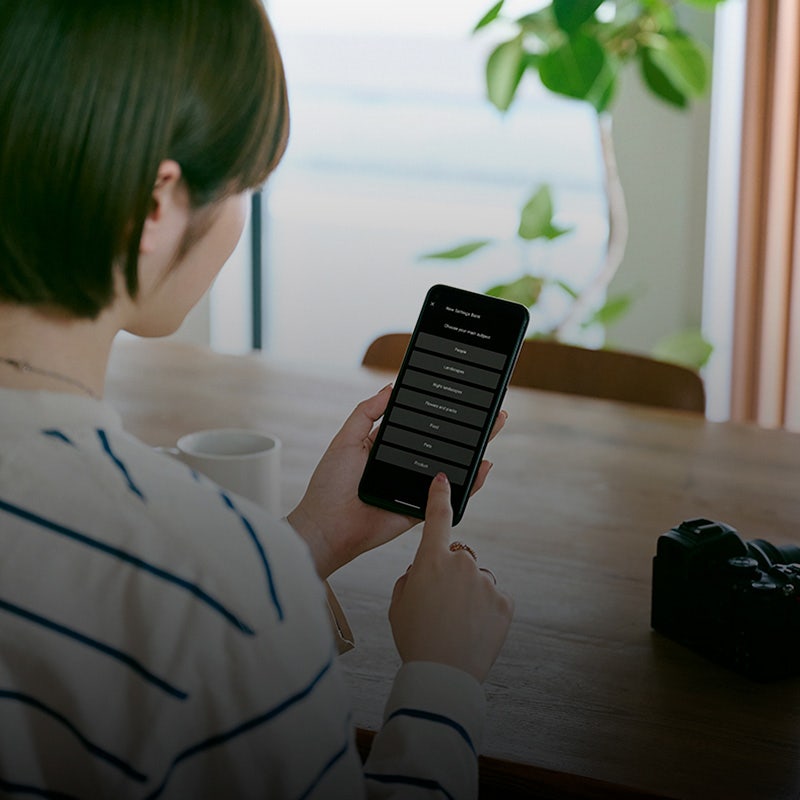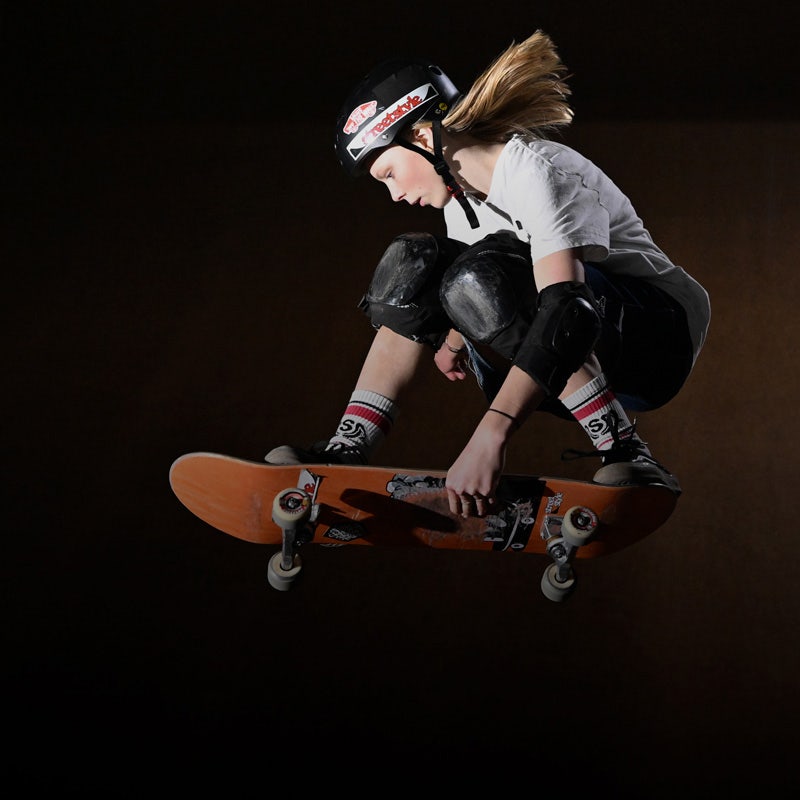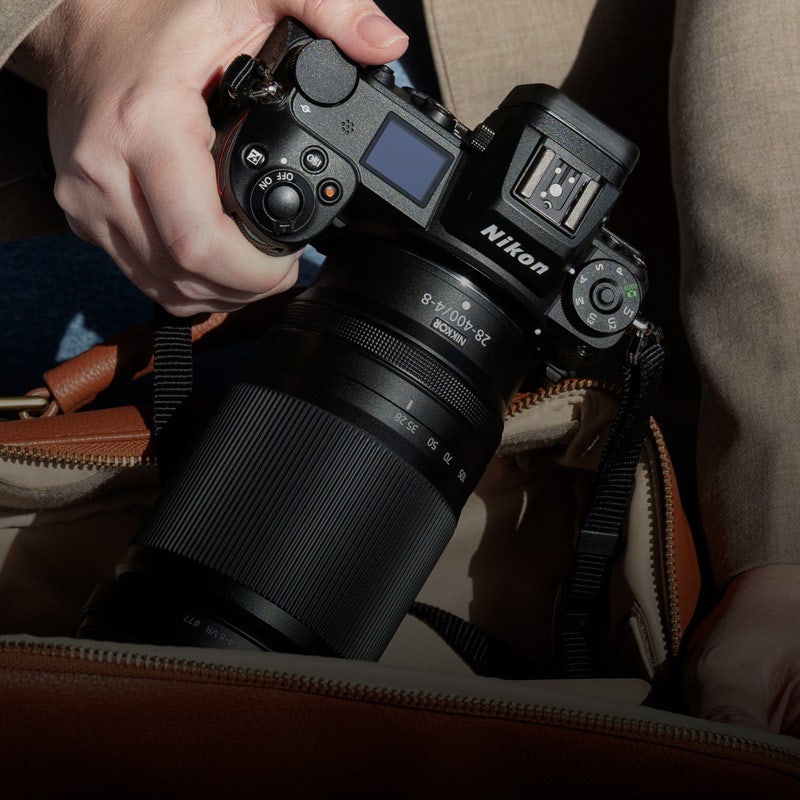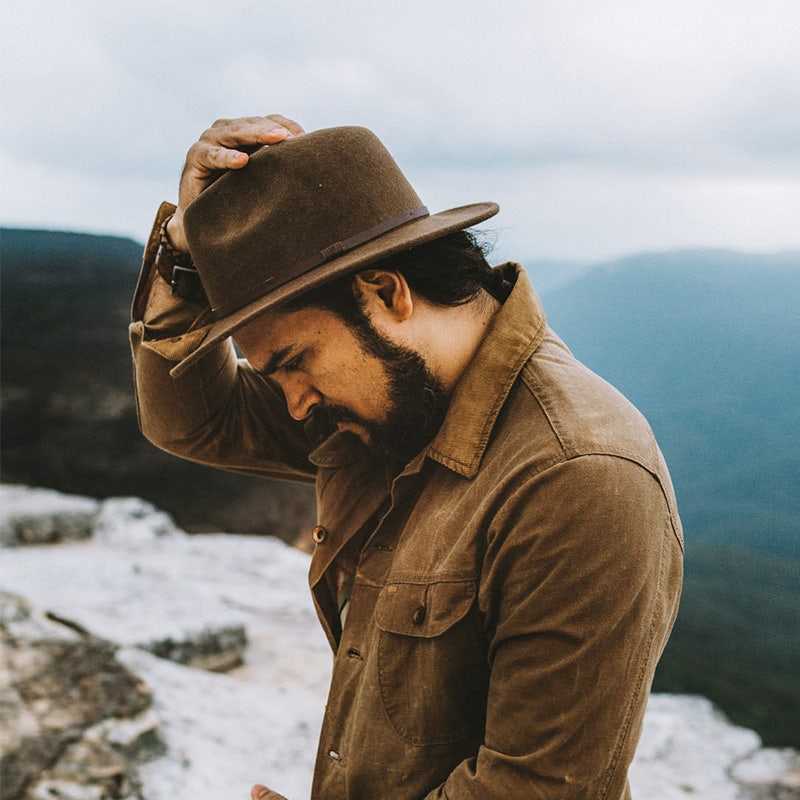Framings of Country: A yarn with 7 First Nation’s photographers for #NAIDOC2022
Photographers hold great power. They have the ability to present or augment reality as we know it. For almost two centuries, still and (eventually) moving images have shaped our understanding of the whos, whats, wheres and even whys of life. Photography is an artform as much as it’s a technical craft as much as it’s a tool. A single photo can please the eye, move the heart, broaden the mind, or spark the hand of change - and sometimes do all four at once.
It’s no surprise, then, that all things photographic are featured heavily during NAIDOC week 2022. First Nation’s people know all too well how to harness the image in all its incarnations to teach, entertain, inspire, and preserve and represent culture. From 3-11 July, remote, rural and urban spaces will become the stages on which mobs from all over the nation come together to shine – and brightly.
In the spirit of such an esteemed event, we invited seven Nikon Australia regulars to discuss their work, NAIDOC Week, and other likeminded initiatives. From storied veterans to emerging professionals, each First Nation’s photographer offers a unique creative and cultural perspective that encapsulates the truest essence of what NAIDOC Week is all about.
So, without further ado, it’s time to meet the photographers.
Meet the photographers
The wise veteran
Wayne Quilliam
With a career that spans 30+ years, Wayne is one of Australia’s preeminent storytellers. The strings to his bow are almost too many to name, however include photographer, cinematographer, creative artist, nurturer of culture, and champion of industry. Highly sought-after on both an intimate and epic scale, Wayne takes to his many endeavours with a deep respect for tradition, craft, and the collective experience. In 2009, he was awarded NAIDOC Artist of the Year, adding to his long list of accolades that include a Walkley Award, Human Rights Media Award, National Geographic Master of Photography and his latest achievement, the 2022 National Photographic Portrait Prize for his image Silent Strength. Recently, his artwork was projected on the Sydney Harbour Bridge as part of Vivid 2022. Explore Wayne’s world here.


The seasoned professional
Colleen Strangways
As a proud Arabana, Mudbura, Gurindji and Warlpiri woman whose family stretch from top to bottom of the continent, Colleen’s photography and digital art are mainstays on the pages and frames of print and screen. Her work is infused with a spirit of activism and acknowledgement, sparked by her relationship with courageous First Nation’s women and her trailblazing father. Under the umbrella of Nharla (“People”) Photography, Colleen’s portraiture ranges from the candid and familial, to the lush and spiritual. In 2021, she broke the storytelling mould by recreating the out-to-country experience through virtual reality. Check out Colleen’s website here, and her Instagram here.


The educator
Trent White
Dhurambal – Yiman man Trent White continues to go from strength to strength. In roughly half a decade, the Rockhampton-based photographer has become one of Australia’s most respected documenters of country and community. With a background in education and a deep focus on the unique paint-up traditions of distinct Indigenous tribes, White allows his people to confirm or rediscover their identities through the still image. As part of NAIDOC week 2022, a range of his images have been blown up to gigantic size and will be celebrated as part of the opening of a Santos office space, where he will also provide live educational commentary. Visit his website here, and his Instagram here.


The mermaid queen
Bobbi Lockyer
Multi-disciplined artist and Ngarluma, Kariyarra, Nyulunyul, and Yawuru woman Bobbi Lockyer has seen a meteoric rise over recent years. Her creative output is known for its boldness of colour and theme and elegant spin on traditional storytelling. As a “queer feminist pink-haired mermaid queen”, the Port Headland-native, continues to enliven motherhood, womanhood and country with her signature rainbow touch. In addition to photography, graphic design, and visual art, Bobbi is the mind behind Gantharri, an inclusive Aboriginal-owned fashion label. In 2021, she was awarded NAIDOC Artist of the Year, and her work has appeared in Vogue magazine and on the runways of Paris Fashion Week. Browse her website here, and her Instagram here.


The thinker
Lewis James
As a photographer on the rise from Mt. Gravatt, Meanjin (Brisbane), Lewis James is waving the flag for his Torres Strait Islander people. With a career that has traversed multiple disciplines including dance, corporate, nightclub, wedding and music photography, this Meriam/Yidiniji man continues to hone his craft and refine his voice. While he further negotiates his position on how to accurately capture Indigenous identity in 2022 Australia, Lewis’ passion for culture photography has taken root and is heading towards full bloom. His equally stunning and confronting photo, named Butchulla / Woppaburra / Gunditjmara Man, won the Sun Soaked category at Nikon’s My Great Australian Light competition. Armed with a Nikon Z6 II and a Nikon Z fc, Lewis is primed to take Islander photography to the next level. See his award-winning image here, and his Instagram here.


The slashie
Cole Baxter
Helming from Whadjuk Noongar Country in greater Perth, WA, Cole Baxter is a Noongar man on a mission to give a voice to culture and community. The multitalented artist has found his niche in the Australian photography industry, specialising in Indigenous portraiture under low and natural light. He has contributed designs to Deadly Denim fashion garments and is an experienced composer and musician. Recently, he played a pivotal photographic role in the multi-media storytelling project Ngaluk Waangkiny, which told the stories of ten elders from Boorloo (Perth) via a book, podcast and short documentary. Articulate and thoughtful, Cole continues to push for meaningful conversations but in and outside of his craft. Browse his Instagram here.


The newbie
Mandy Smith
A relative newcomer to the art of photography, Amanda “Mandy” Smith has stormed onto the scene with an already-signature aesthetic. As a Barkindji woman out of Mildura, Victoria, Mandy takes to her pursuits with passion and humility, creating photographic works that range from intimate bird portraits to heightened creative light paintings, and rounding out her tastes with both landscape and astrophotography. One of her most popular images, featured in The Guardian, is a light painting self-portrait, on which she commented “I wanted to create a dark and mystical image and incorporated the light painting into it.” On top of motherhood and full-time work outside of photography, Mandy spends every other waking moment pondering her next creative endeavour. Check out her Instagram here.


The yarn.
NAIDOC Week
As we quickly learned from this conversation, there’s no one right or wrong way to frame NAIDOC Week. While there’s much to admire, there’s also always room to refine and improve. For every glowing assessment, there also exists a desire for even more inclusivity and authenticity. Case in point is this year’s theme —Get up! Stand up! Show Up!— a phrase that elicited praise, kinship and criticism (for its arguably aggressive tone) in equal measure.
That being said, when one strips back NAIDOC Week to the diverse array of peoples and their achievements at the centre of it all, the sentiment is overwhelmingly positive. The task now, is for the atmosphere and intention behind NAIDOC to bleed into the other 51 weeks of the year. Thankfully, that process is already taking place.
With that in mind, here’s what the true spirit of NAIDOC week means to these photographers.
Mandy: It celebrates Aboriginal and Torres Strait Islanders, past and present, who have worked hard to make a difference and change communities. Everyone comes together to support Blak organisations, artists and businesses so that they are being seen for what they do and what they are achieving.
Colleen: It showcases all the talents and skills that we have in our community. It puts a nice spotlight on us for a week of the year through various platforms that weren’t necessarily there ten years ago. It’s only been recently that our genuine image is being reflected back to us. We’re only just getting this and it’s 2022. It reinforces that hey, we are doing great things and we’re building on this and young ones can find role models in those that are already established.
Bobbi: A lot of blakfellas say it’s their favourite time of year because it’s all about connecting and spending time with your family and your mob. Also, there are good feeds all around. It’s awesome to see so many Indigenous people be highlighted in the mainstream media.
Wayne: I’ve been working on NAIDOC for years and each event, no matter the size, holds a great deal of importance for all of our people. To document and record the stories over the years has been an incredible journey. I’ve seen my mentors, educators, athletes —the whole gamut of who we are as indigenous people— honoured at a level by not only our people, but all Australians. And now that it’s moved from a small, state-by-state community event to recognised nationally, it’s traversed that ‘us and them’ mentality. It plays an important role in the continuity of culture.


Image by Wayne Quilliam
Blak Lens.
Individual artists of all disciplines can find themselves in a kind of cocoon, with nothing but their craft and their dreams. This is especially true for Indigenous photographers, who for many years were few and far between, and still now are a relatively small group.
But what if there was a way for these photographers to retain their individual voices, while also being tied to a collective? Would such a unification reveal that the group is larger than initially assumed? Would it lead to new Indigenous artists picking up the camera?
Enter Blak Lens.


Image by Cole Baxter
Bobbi: Blak Lens started slowly a couple of years ago. Michael Torres, one of the founders, initially started an Instagram group, where members talked about doing a group exhibition for Indigenous photographers. Within the group, a friendship developed. We shared information and ideas. If someone had a question like “how do I do this with my camera?” or “does anyone have any marketing advice?” we’d go back and forth on it, and a strong community emerged. We came up with the name together. It started off as a directory that many other Indigenous photographers, videographers and cinematographers joined, but it’s becoming more of a collective and a resource.
We have a group NAIDOC week exhibition coming up in Melbourne and we’ve always got things going on, on social media and in the real world. But for us, Blak Lens isn’t just about NAIDOC week, it’s all year. We want Indigenous photographers to get recognition outside of NAIDOC week.
Cole: From the yarns I’ve had with Uncle Michael, his vision is phenomenal – he is such a champion of pushing our visibility in professional realms. It’s not like there are a million Indigenous photographers out there, so sometimes —and not necessarily in a negative way— it can feel a little isolating. And for me, as a Noongar photographer, when asked if I can recommend any other Noongar photographers, I usually can only say “well, no, actually not really.” So, testament to the group is that the other day I met another Noongar photographer at a shoot, who filled in for me in the morning as I had another commitment, and she had got the gig through Blak Lens. It was cool to meet her through this vessel.
Trent: I’ve been there since the very beginning, when Michael was just talking about the idea of having a platform for Blak photographers in Australia. I’ve watched it start up and slowly grow and it’s been amazing. The quality of photographers is amazing – these guys are top shelf and I wouldn’t have known about some of them otherwise. Also, it’s for photographers at all stages of their careers, which is great. Because when I first started, I found it really hard to reach out to anyone else for advice on photography. What I was photographing was not what non-Indigenous people were photographing. I felt they wouldn’t understand. Blak Lens allows us to bounce off each other.
Photographing Country.
Over recent years, First Nation’s issues and representation have seen a rise in visibility – which, considering the information boom triggered by online technology, is no small feat. But while more awareness is always a good thing, First Nation’s photographers are conscious of their authentic realities being used as a political or cultural football, and are pushing for more widespread education on what is and isn’t acceptable. The good news is that the more that Australians engage in these kinds of conversations, the better the outcome will be for all.
Here's what such conversations look like.
Wayne: I see some of the young people coming up and it has evolved, the way that people capture our communities. I’ve always felt that I should blend in. Be involved, but blend in and not influence the way that events or the narrative change. It’s never been that I should conceptualise what our culture is. It’s not my job to reinterpret community shares with me. It’s my job to record it and try to accurately represent the moment in time – the feeling, the essence of who we are as indigenous people. Unfortunately, I’ve seen recent instances where both Indigenous and non-Indigenous photographers have put a slant on the way they saw the event, and I know because I was there. And, that’s just life and nature, it’s personality-driven a lot of the time.
Trent: I’ve been quite vocal about this on social media, especially in and around sports. I felt that, a couple of years ago, I was starting to see a lot of the sporting codes, with their reconciliation rounds and annual Indigenous jerseys – the appearance of Indigenous paint. And it was being captured by non-Indigenous photographers. I thought, well they’re really promoting closing the gap and all these positive things, but during these times, if you’re celebrating a people, why not bring those people in and give them opportunities and chances? If you had Indigenous photographers in there, it would mean much more. And that’s not even mentioning cultural protocols.
Bobbi: I feel like a lot of people these days are jumping on a trend. Our culture is not a trend. It’s thousands of years old. Our history is so rich. I and other First Nation’s photographers do get frustrated when we see non-Indigenous people jumping on a trend for views or clout. I feel like there needs to be a line drawn – where it’s drawn, I don’t know. It’s something that collectively, we have to work on. I get a lot of non-Indigenous photographers contacting me, and it’s nice that they contact me and ask can I have some tips on how to do this. But for me it’s straight up: first of all, you need to have some kind of elder permission. You can’t just mimic traditional paint-up with random dots or whatever because you’ve seen it online. You need to actually respect the paint-up of that specific tribe. Everything needs to be culturally appropriate and safe. I’m happy to give that sort of advice, but at the same time, if a client has the ability to go to a First Nation’s photographer first, then that would be preferred.


Image by Bobbi Lockyer
Work and Career.
The lines that once defined photography have blurred. The medium now stretches beyond the still and moving image, traversing 3D, virtual reality and digital art. Technology and social media have allowed everyone with a smartphone to explore some version of photography. For purists, this isn’t always a welcome shift.
Whichever way you cut it, talent is talent and while the cream may not always rise to the top, there are still those that understand and respect the intricacies of photography, without turning their backs on the new normal.
Here, the NAIDOC seven offer a glimpse into their professional lives.
Lewis: I’m just starting to pick up momentum now. Winning that Nikon competition was a massive push for me. That moment was a confirmation that I was doing the right thing and heading in the right direction. After that shoot, there were probably only three photos that I landed on. I sent them over to a few people and didn’t tell them which one I was keen on – the one that would eventually win. Everyone else was feeling it, they all came back with the same answer. It was pretty emotional when I did win it because I put a lot of thought into it. I couldn’t believe it because it wasn’t just a photo to me. I had never produced something that meant that much to me. When people see that photo, they don’t have the opportunity to look away. They don’t get to ignore it. We’re still here, this isn’t in the past. This is now and this is what we look like.


Image by Lewis James
Colleen: When I first started out with my D90 in 2011-12, we went back to country to take some photos for my mob, through the SA art gallery. I was still very green and felt unworthy. I took this photo of my cousin out on Lake Eyre. She was painted up and she had this Kangaroo skin across her body. We entered the photo in a competition and it ended up winning first prize. That was a turning point in my career – not only because it was my path in, but also because it showed me that I was good enough. That people did like my work. You second guess yourself when you first start, but this was a moment where I thought: baby, I can do this. That was a career highlight, but also there are those little wins along the way, with your community supporting you and saying that they don’t want anyone else to take their photos.


Image by Colleen Strangways
Cole: If I had to break down the work that I do, it’s really predicated on the connection I have to where I’m from and the people that know me. The work that I do in the moment affects the next bit of work that I do. The foundation of what I do is to make sure that I am affecting the Noongar and greater Aboriginal communities around me. Because that foundation is so entrenched, it edifies my practice. I think, when I do events, shoots, and gigs, that underpinning is seen and becomes perpetually helpful for me. The photos that I choose to take are based around centring Aboriginal (and specifically Noongar) voices. I always ask myself: is this beneficial to the community here?. If I’m doing it for those reasons, then I’m ultimately also doing it for myself and it fills up my cup in all these different ways. I’m lucky enough now that the volume of work that’s available to me is sustaining, as well as creatively and intellectually stimulating. I’m pretty blessed in that regard.
Mandy: When I first started, I was really bad in terms of overdoing post-production. I put on way too many filters, and changed the colours. It’s actually pretty funny, sometime around then I realised that I wasn’t actually shooting in RAW, but using a different setting [laughs]. Once I fixed that, I could see the difference right away. I thought, nah, you’re making your photos look really fake and toned it down as much as I could. I now like to take single shots. I don’t like to blend or fiddle too much. In terms of where I want to take my photography, I’m still trying to figure it out. I’m uncomfortable speaking too much because I’m really shy and awkward [laughs]. Photography is still technically a hobby, I think, but it’s become a bit of an obsession. I think about it every day. When I wake up it’s like “what can I do next?”, “what can I create?”. I still don’t know what to do with my life, but photography has taken over and given me a sense of purpose.
Bobbi: A lot of my work has been about motherhood and pregnancy, and while I’m still exploring those themes, I’m moving towards womanhood in general. Not only because it feels natural, but because I’m a woman and I can’t photograph men’s sacred business. It wouldn’t be appropriate. I’m also focusing a lot on fashion and doing a lot of fashion photography. I did a shoot for Vogue recently. I’m really loving covering First Nation’s fashion. My label, Guntharri, means both ‘queen bee’ and ‘grandmother’. Something related to my label that I’m really proud of is being able to partner Blak Lens with First Nation’s fashion design – where photographers were brought in as part of a shadow programme. For Australian fashion week, we had Marley Morgan shadowing for a Vogue photoshoot, and we had Michael Torres doing runway photos. Just to see our Blak Lens members —there must have been five or six in Sydney at the same time— working on such a huge platform was pretty amazing.




Images by Bobbi Lockyer
Wayne: Out of all the accolades, all the awards, all the shows I’ve done (and I’ve been given and offered quite a few significant ones), the feeling of winning NAIDOC Artist of the Year was indescribable. Because, it was your peers saying that the work you’ve done is so important to us, we’re going to recognise you. No feeling for any award will ever surpass that. I still have it, and it’s a beautiful thing. The big thing for me this year is a couple of shows that I’ve worked on. One was for Vivid, and the other is a show called Connection at the National Museum of Australia, which will run into and beyond NAIDOC Week. In co-curating the show, we brought in 70 Indigenous artists from around the country, from traditional to contemporary. We brought in 600-800 different artworks which are now on display in this beautifully crafted show. It’s storytelling and it’s one of the most beautiful things you’ll ever see.


Image by Wayne Quilliam
Trent: In terms of why things have progressed quite a bit since we last met, I think it’s because I’m consistent, I believe in what I’m doing and I put it out there. I’m educating more people. People are liking what I’m doing, also. In the Aboriginal and Torres Strait Islander community I’ve never really had a bad word said about what I’m doing. I’ve always been fully supported and it’s just grown from there. I’ll come up with an idea for a community project and put it out there and people will believe in it. After my NAIDOC commitments, I’ll be heading to a Cherberg, an Aboriginal community about 350km’s NW of Brisbane. Their preschool had seen something I had done on the Sunshine coast and invited me out to take photos of the kids and their parents. But they also let the wider community know that “if you want to come and get painted-up or whatever and do your traditional photoshoot, Trent’s gonna be here on this day”. That kind of project —going into communities that wouldn’t ordinarily get that opportunity— means a lot to me, and I’m look to do more and more of them.


Image by Trent White
Advice to Photographers.
Advice to Photographers.
Anyone with a decent number of professional years behind them will tell you that they wish they knew one thing when they first set out on a career path. Conversely, those same people will often say that they never would have known that thing if it wasn’t for going through the not knowing. Negotiating this tension is part of the process, and every photographer, no matter where they are on their journey, is able to offer insight that others may not have considered.
Here a few words of wisdom for photographers on the starting blocks.
Colleen: Oh look, I wanted to throw my camera in the bin so many times [laughs]. But I was determined to learn. I had two young boys that were babies, so I couldn’t go to a school, I couldn’t join a group to learn, I had to do it all myself. I just jumped on YouTube and I tried to teach myself, which was the long way around – and what it meant is that I wanted to give up because I thought I was never going to get it. Then someone said to me “don’t worry, one day it will click”. I replied “it’s not going to happen; it’s not going to happen.” And then one day it did! Because I kept persisting. That’s what I would like to tell others, that one day it will click. It will just fall into place and you’ll get it. Keep persisting. I could show you photos from where I first started and photos that I take today, and you’ll see the great learning that has occurred over time. It took many years of learning (well, you’re always learning), but every little step of getting it wrong, added up to where I am today.
Lewis: I went the other direction to most people. A lot of people start off with the passion and attempt to turn that into a job, so to speak. When I started with photography, I loved it, but I ended up working in nightlife and similar spaces. I was trying to make money out of that, but the passion wasn’t there, whatsoever. So, I’ve completely turned my back on that and now I have more of a sense of my passions – and that’s cultural events. As a mixed-race kid growing up in the south of Queensland, I felt it wasn’t easy to be culturally in tune. Better positioning myself in the industry to create opportunities and work these events has made me realise my place is to tell our stories through my work. I feel as if I was doing what I wanted to do that entire time I’d be in a very different position now. On the other hand, I think timing comes into it. You could say that if it was meant to happen back then, then it would have. I’m doing it now. I have a better sense of how to position myself. So, my advice would be stay connected, reach out, and follow your passion whenever you can.


Image by Lewis James
Wayne: I always say, and people don’t always understand what I mean when I say this, but listen to the photo. When I’m out there, I listen and absorb myself in the moment. I don’t just bung off 1000 photos and hope one of them is going to turn out. I’m continually sitting there and listening to people and the environment. I listen, and then I shoot. I see, quite often now, that people will just walk straight in, bang out the photos, and out they go with no idea as to what they’ve just captured. Then when somebody asks them “what do those images represent?”, the answer is their perception of what they’ve just quickly seen and walked out of. So yeah, listen to your images – pay attention to what’s going on and be aware of what you’re documenting. Because in years to come, it’s the stories that will fulfil you.
NAIDOC Week runs from 3-10 of July, with events taking place all around the country. For a full guide, resources and tickets, visit the official website.




















